LARGEST MANUFACTURER & SUPPLIER IN NANOZYME MICROBIAL BIOCULTURE
FOR ALL TYPE OF SEWAGE & EFFLUENT PLANT WASTEWATER TREATMENTS
Trusted Manufacturer & Retail Bioculture Supplier for all Industrial wastewater treatments from Tamilnadu, India. Buy Advanced Nanozyme bioculture for effective sewage & effluent plant treatments & Get clean results!
BIOCULTURE AT BIONICS ENVIRO TECH
Bionics Enviro Tech is a world leader in the manufacture and supplier of Nanozyme bioculture for wastewater treatment, offering high-efficiency solutions across various industries. Our eco-friendly wastewater treatment products are designed to address challenges related to sewage treatment plants (STP), effluent treatment plants (ETP), common sewage treatment plants (CSTP) and common effluent treatment plants (CETP). We specialize in affordable bioculture products for industrial wastewater, ensuring cost-effective and sustainable solutions.
Backed by strong Research & Development and a passion for innovation, we provide purely Nanozyme technology with a wide range of solutions focused on COD, BOD reduction, Zero Sludge process, and Zero Pollutant load. Our microbial solutions are designed for anaerobic digesters (AD) of any scale and sector worldwide, maintaining an excellent track record in industrial wastewater treatment.
We are actively manufacturing and exporting our products globally and have gained significant recognition in the market. Our high-efficiency bioculture for specific industries is widely used across different sectors.
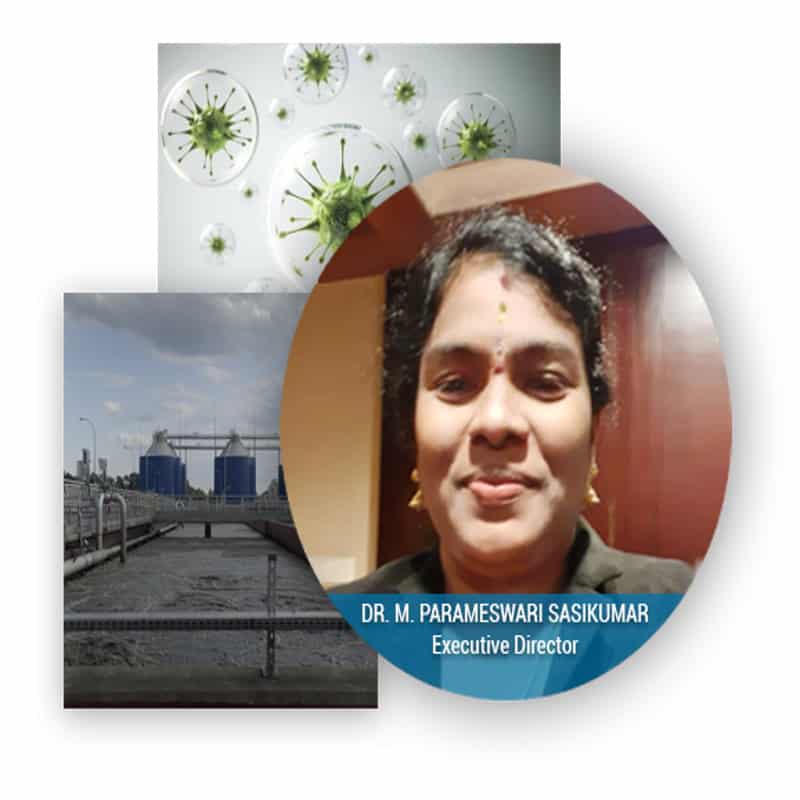
OUR NANOZYME BIO CULTURE FOR WASTEWATER TREATMENT
NANOZYME – an advanced formulation of beneficial bacteria for wastewater treatment, consists of multiple strains of aerobic, facultative aerobes, and anaerobic bacteria. These strains are selected based on their compatible symbiotic metabolic pathways for different industrial bioculture for water treatment needs. Our Nanozyme technology is developed using a unique solid-state fermentation (SSF) process, ensuring optimal performance in treating industrial effluents.

Nature of Business
Manufacturer/Retailer/Exporter

Number of Employees
50 +

Year of Establishment
2016
Aerobic Microbial BioCulture
Available Form: Organic Semi-Solid Form
Number of Bacterial Cultures: 62 Different Bacterial Cultures
Learn More
Anaerobic Microbial BioCulture
Available Form: Organic Semi-Solid Form
Number of Bacterial Cultures: 62 Different Bacterial Cultures
Learn More
STP (Sewage Treatment Plant) Microbial BioCulture
Available Form: Organic Semi-Solid Form
Number of Bacterial Cultures: 62 Different Bacterial Cultures
Learn More

Industries We Serve
Our clients
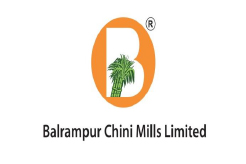
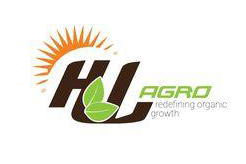
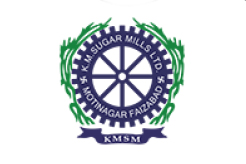

























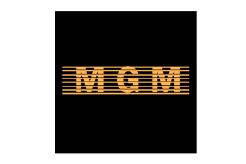

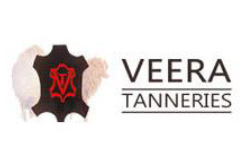



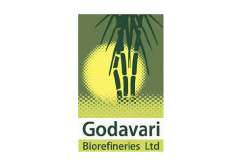
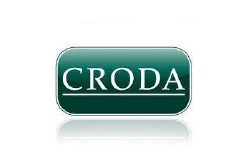
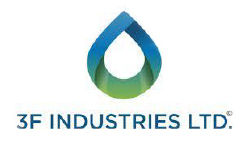
Our Branches

Our Testimonials

We at V&V Pharma Industries have been dealing with Bionics Enviro tech since they came into existence some two and a half year ago . We have used their services of nanozyme culture to resolve the technical issue of COD, BOD, Colour, Odor , TSS in our pharma effluent finally .we have got the result as per permissible norms consistently , Their service is always professional and excellent staff coordination courteous and I would be happy to recommend them to anyone operating in the effluent treatment in pharmaceuticals and chemical industry. Thanks to Bionics Enviro Tech, We wishing you the all the best for your further new development. Thanking you.

We have been using NANOZYME-BET-ETP-7003 and NUTRITION-BET-NUTRI-9003 and Dry culture for the MLSS Development, COD, BOD,
COLOR removal, TSS and Sludge reduction for the past 5 years.Reduction of BOD, COD, COLOR and Sludge for textile industries is a big task by itself and with the help of Bionics Enviro Tech Microbial Culture we have been able to reduce the parameter as per permissible limit consistently. We highly recommend this product to the same effluent treatment where there will be an issue. We appreciate your Nanozyme Technology and your services on time with us. Thanking you

We have been using NANOZYME-BET-ETP-7003-PRO, NUTRITION-BET-NUTRI-9003 and Dry Culture in our Effluent Treatment Plant for thereduction of BOD and COD for the past 5 years. Reduction of BOD and COD for a Tannery Effluent is a challenge by itself and with the help of NANOZYME-BET-ETP-7003-PRO, NUTRITION-BET-NUTRI-9003 and Dry Culture, we have been able to reduce BOD to 20 PPM and COD to 60 PPM. These Nanozymes are very effective and we highly recommend same to be used in Effluent Treatment Plant wherever BOD and COD is a challenge. Thank You.

We have been using your products BET-NANOZYME-ETP-ZOO3 & BET-NUTR|T|ONNUTRI'gOO3 in our effluent treatment ptant for reduction of BoD & GoD since 3 years. this products are so efficient & viable to our effluent treatment process -COD & BOD are much less than our permissibte limit







